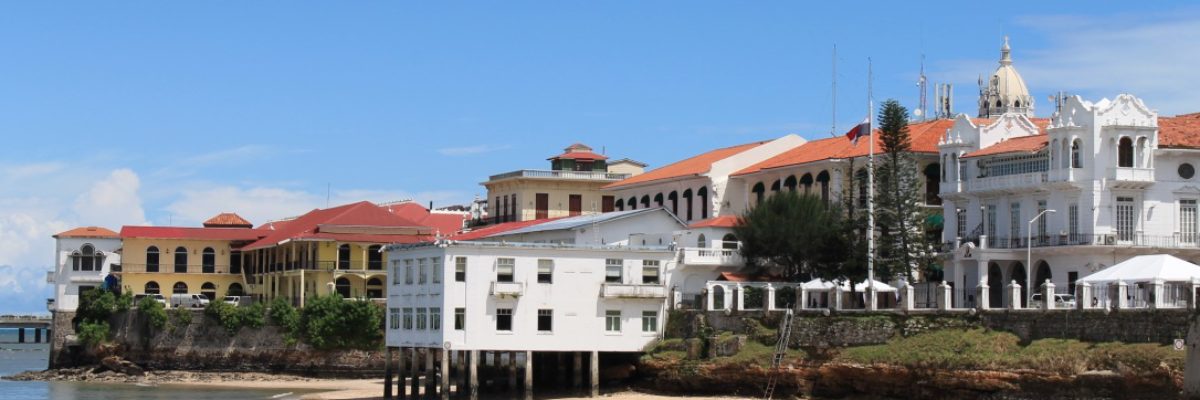Antigua
Yukoners are often sun chasers. Our cold climes make us crave the sun and want to escape the snow and cold in the deep of winter. Mexico and Cuba are common escapes for Canadian tourist, and I’m no exception, but we’ll explore those in future posts. For my next post I want to talk about Antigua, a tropical paradise!

Nestled in the West Indies, it has exactly what you would hope for in a Caribbean destination; friendly people, pristine waters, sandy beaches, historical sites, and great food. What struck me the most was the overall vibe on the island; everyone is so laid back, if you embrace it, you can’t help but feel stress melt away.

We stayed at a small resort on the island called the Grand Pineapple. Ok, I’ll acknowledge it’s a goofy name, but I would go back there in a heartbeat. Although it’s an older resort, it’s on a semi-private, half-moon beach. White sand extends into pristine turquoise water, with a small coral reef at the far end of the bay that is great for snorkelling.
I would be remiss if I didn’t talk about “The Outhouse”. No, not what you’re thinking! On the resort property is a bluff that overlooks the bay, and on top of that bluff is a barbecue shack called the Outhouse. The only thing on the menu is barbecued chicken and ribs, complimented by a cooler of iced local beer. For a few hours every afternoon, you can wander up, enjoy simple food cooked to perfection, surrounded by a view of the Caribbean Sea. For me, traveling always seems to boil down to those moments of bliss and serenity.
The capital city of Antigua is St. John’s, and is definitely worth a day trip. Getting around was easy, and almost everything is within walking distance. We wandered down to the cruise ship district on an off ship day, so we didn’t have to fight the crowds and had lots of time to explore. Along with lots of boutique shops, there’s quite a few open air cafe’s to hang out, enjoy the views and watch life go by.

In keeping with tradition, I planned a trip to the islands only UNESCO World Heritage Site, Nelson’s Dockyard. This area was originally a British Naval Dockyard, chosen for its location and strategic importance. We spent a great day hiking through the fortifications and around the docks. There is a small museum that is worth the time to walk through, and some great cafe’s to grab a bite to eat. As a side note, if you see swords lying out of the case in the museum, they’re not for touching. When I walked through with the kids, an employee had left them out for cleaning and walked away; she was mortified to return and see me and the kids posing for pictures with them…my bad.

The next morning we did a hike out to Devils Bridge, located within the Indian Town Point National Park. The bridge itself is a natural rock bridge that has been carved out of the shoreline through wave erosion over time. Although a spectacular geological formation, it unfortunately derives its name from the days when Antigua engaged in Slavery; they would throw themselves overboard to escape their circumstances and with all of the mass deaths, it was said the devil must live there. Although very tragic, I appreciate being able to see the wonderful formations, and have a better appreciation of it’s historic context and legacy.

One of the highlights of this trip was a helicopter excursion over Montserrat, which is an island 55 kilometres away, as the crow flies. Montserrat is a British Territory, and is most famous for its volcanic eruption in 1995 that ultimately resulted in a large exclusion zone over two-thirds of the island. The dome of the volcano is still steaming, while the buildings and capital below have been overrun with debris, lava, and jungle growth. The helicopter tour allows you a birds eye view from the top of the volcano all the way to the valley floor. It’s quite eerie to see an active volcano towering over a Ghost town below, but absolutely worth the visit. The views to and from Montserrat over the water are exquisite, and if you’re lucky you can see some of the marine life as you zip between the islands.

This was one of my most memorable trips, and if not for my personal rule of not going back to the same place twice, I could go back to Antigua again and again. The people, the beaches, the food; everything was perfect. Although you don’t have as many amenities as you would normally find in bigger tropical destinations, they have the simple things that make it perfect. Great people, great beaches, and cold Wadadli beer!









